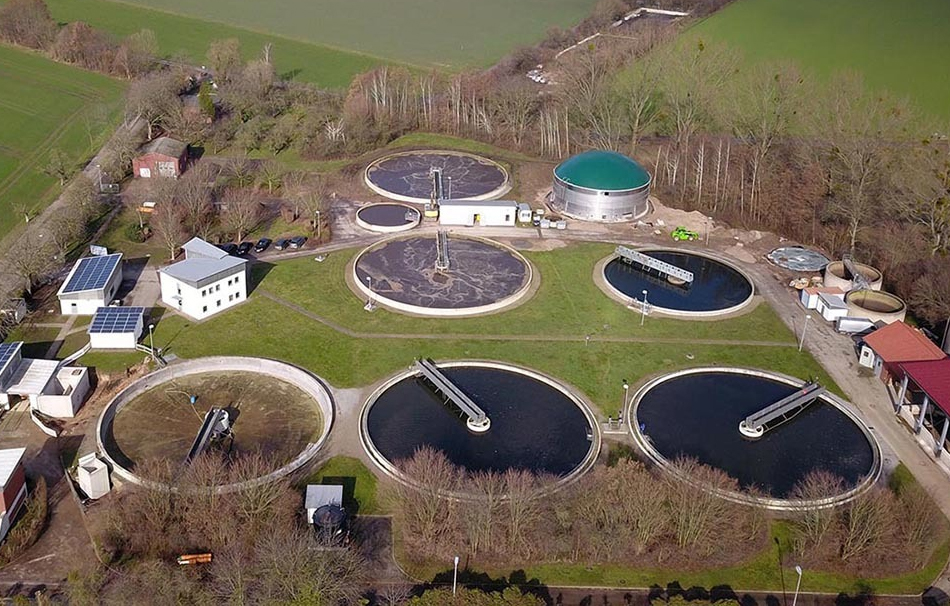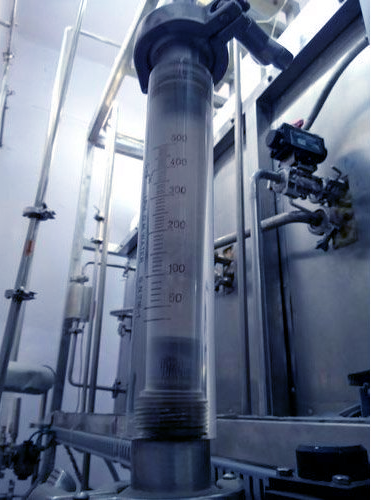Biological Wastewater Treatment with the Membrane Bio Reactor (MBR)
The Membrane Bio Reactor (MBR) is another option to achieve the oxidation and nitrification of organic substances in wastewaters; the degradation of pollutants takes place in an aerated sludge tank with a very high sludge concentration.
Using membranes, the separation of the treated wastewater from the sludge is achieved via ultrafiltration. The membrane filter module can also be submerged and integrated into pre-existing biological treatment stages; however, a separate reactor is considerably easier to service.
The MBR process is suitable for the biological treatment of highly contaminated industrial wastewaters. In addition, it is also often used for the purification of sanitary wastewaters and for the treatment of grey, rain and surface water.
Due to the membranes’ very small pore diameter, bacteria and viruses cannot pass through the membrane filter, thus, germs are withheld. The water quality of the wastewater treatment plant’s effluent meets the EU Bathing Water Directive. With its compact design, the MBR system can even be designed in container form as a fully mobile solution to suit temporary applications.


